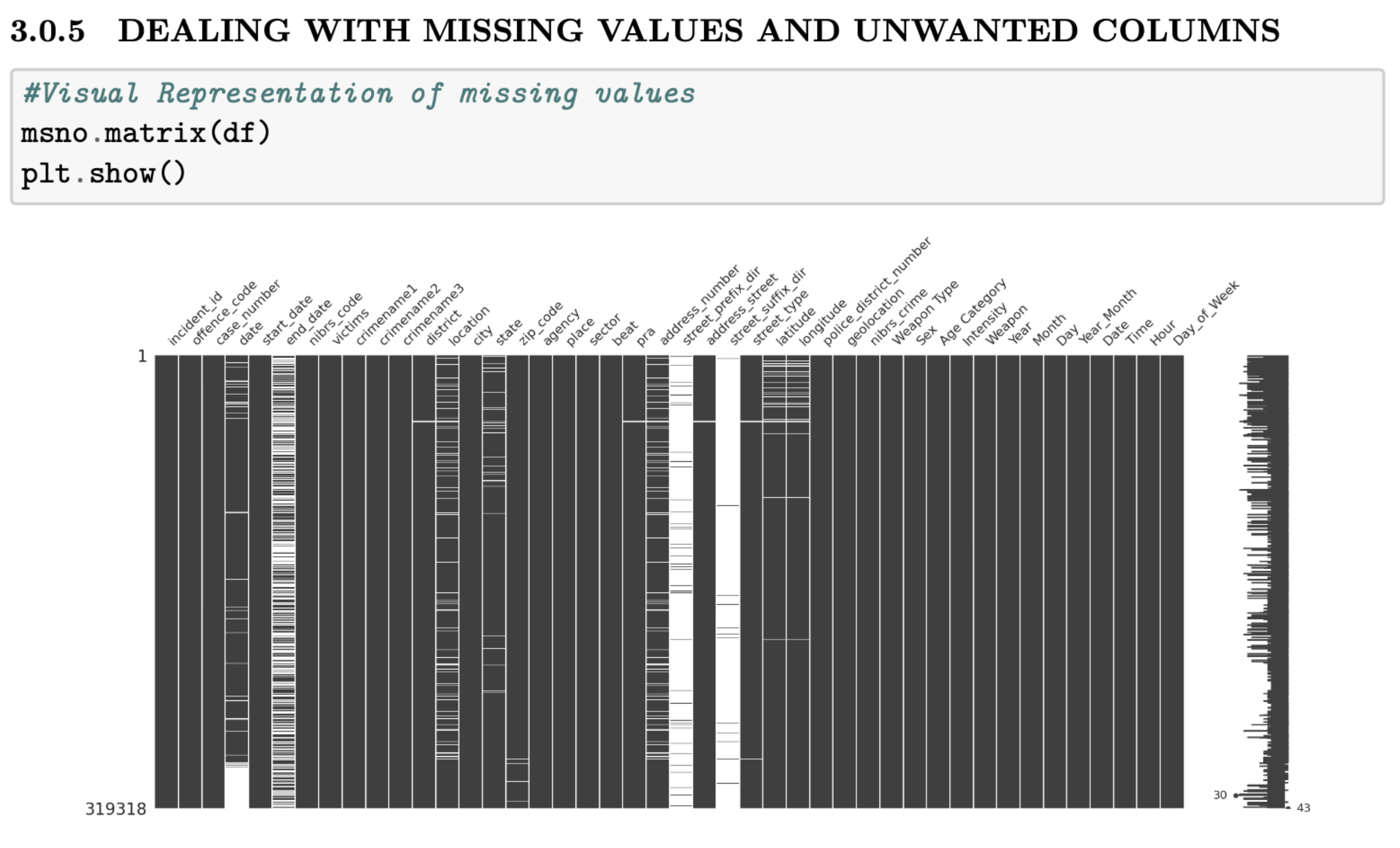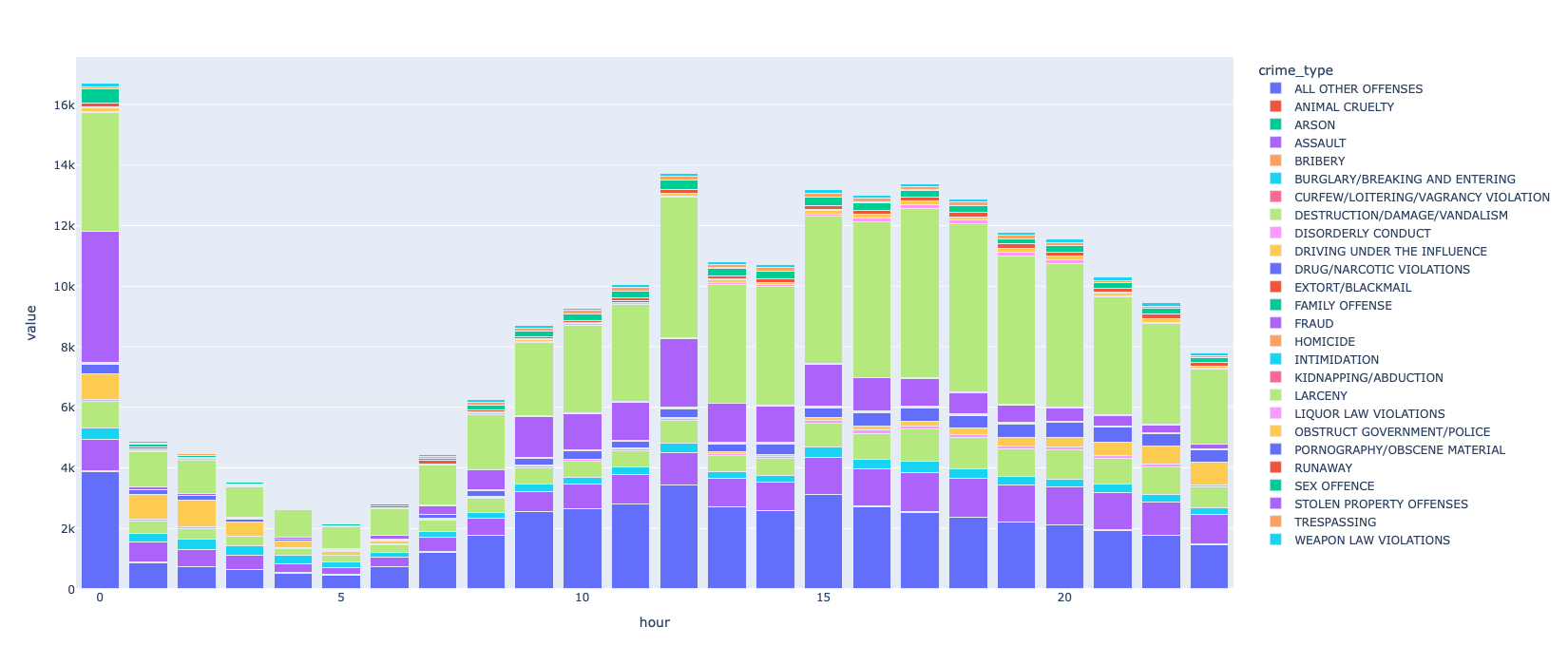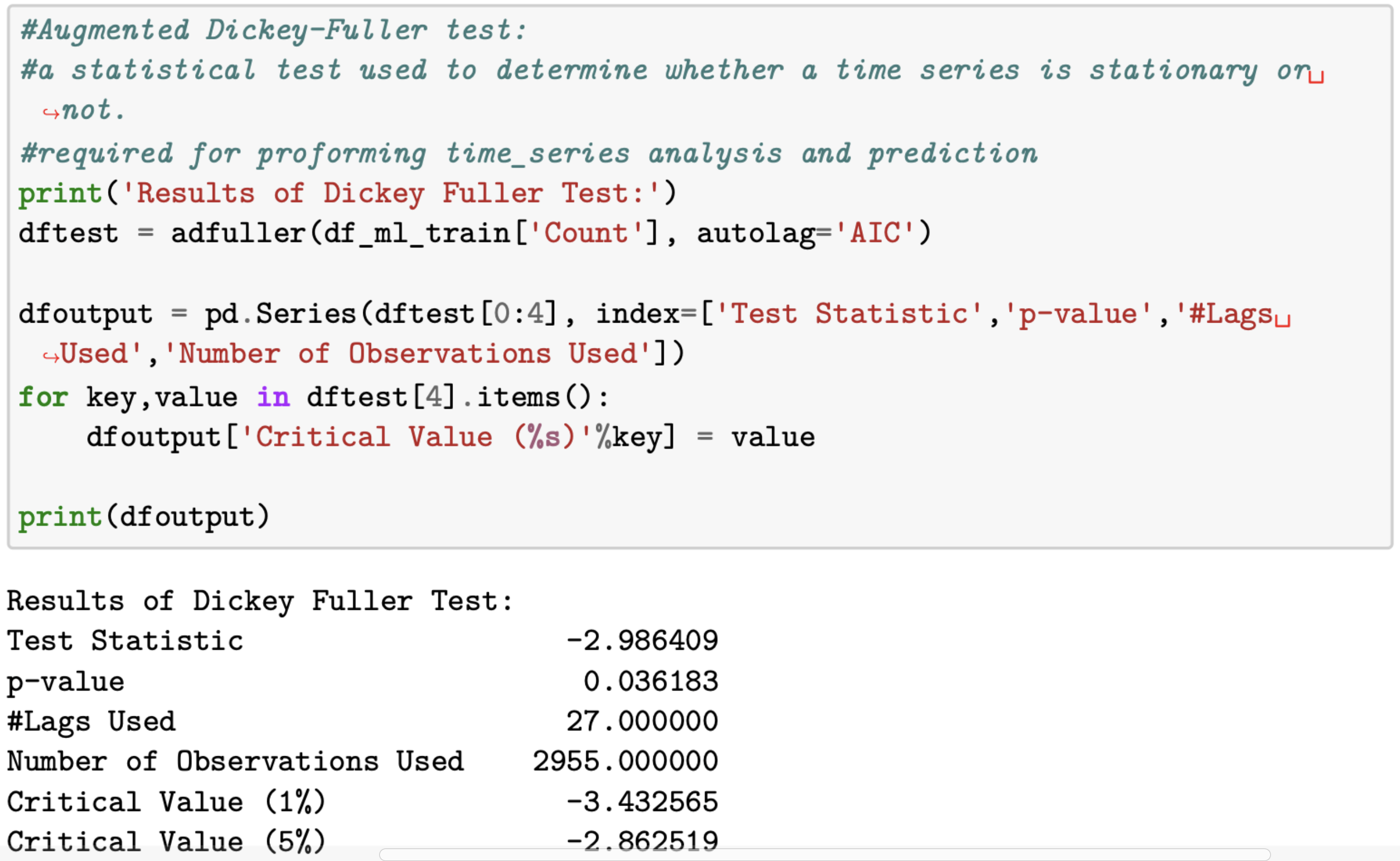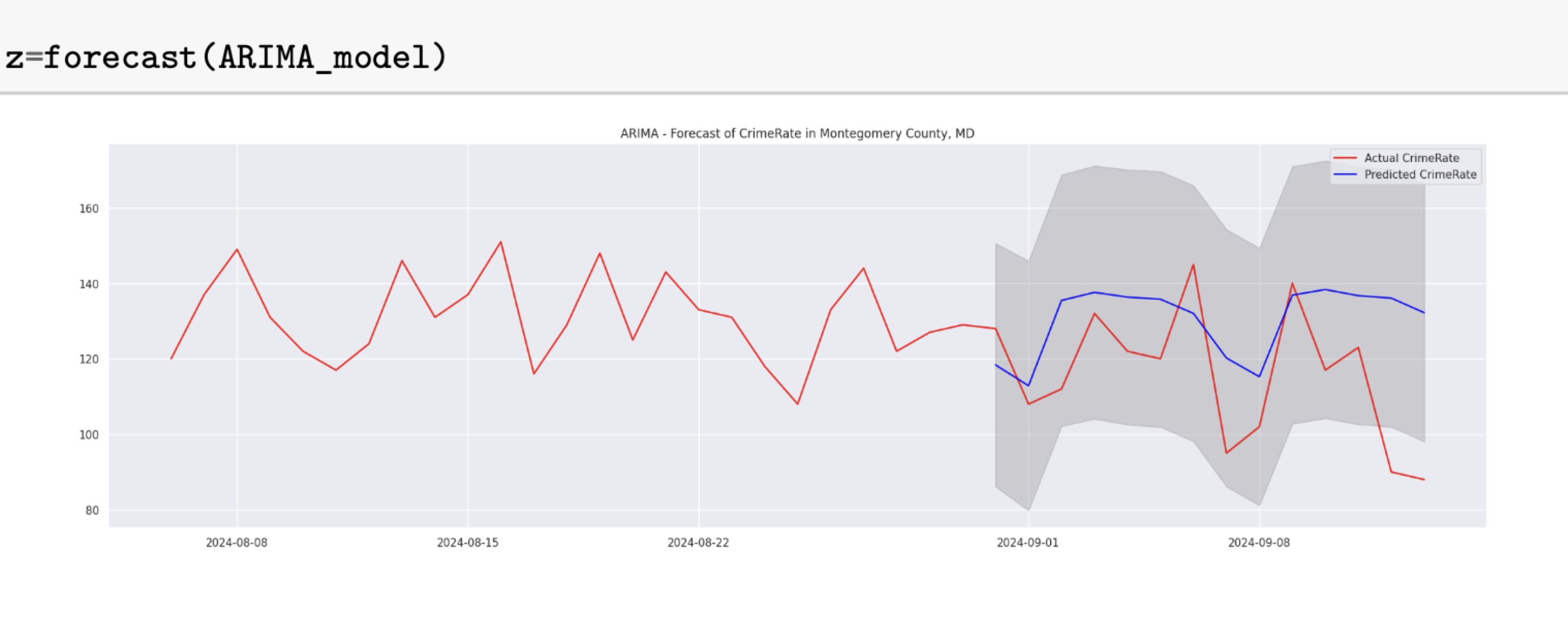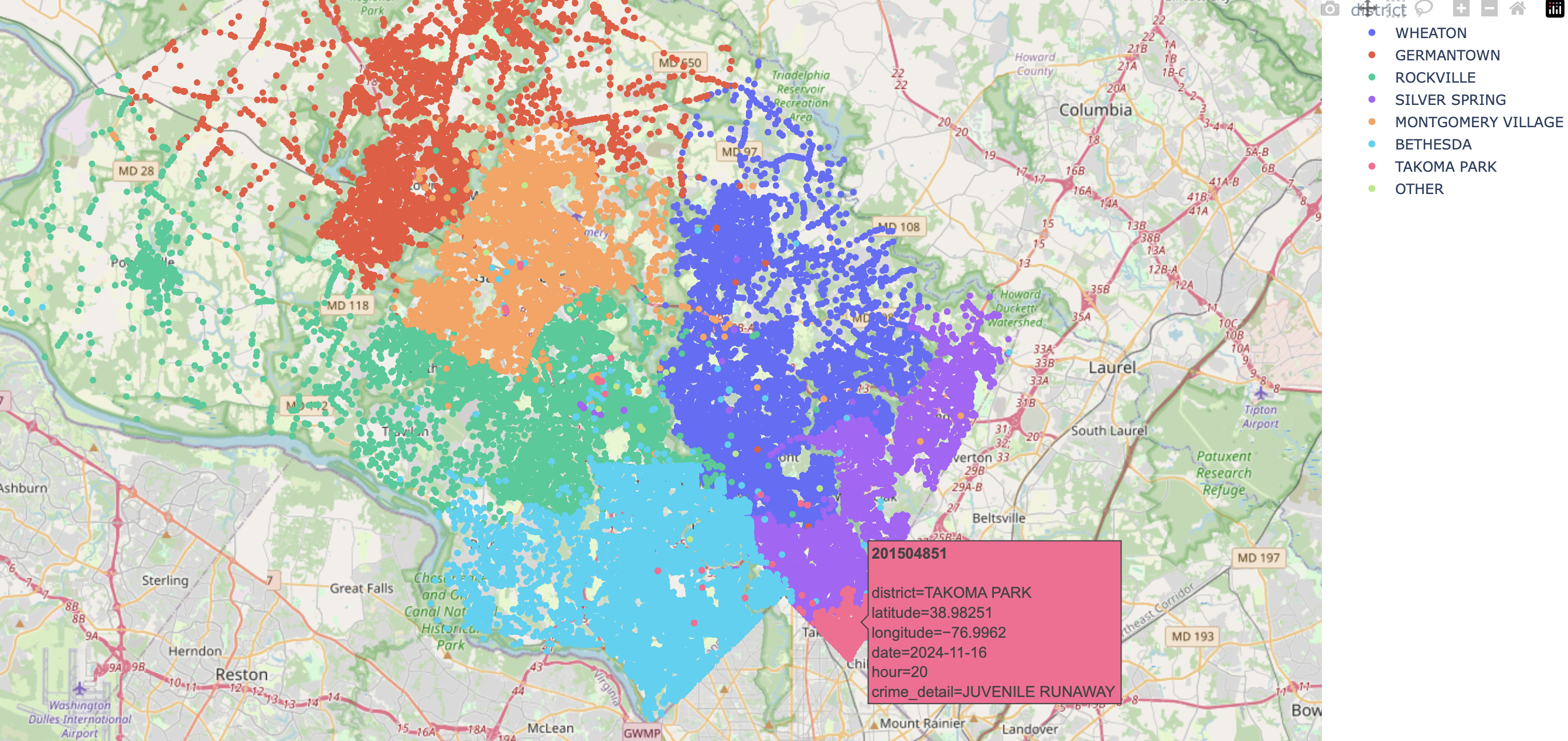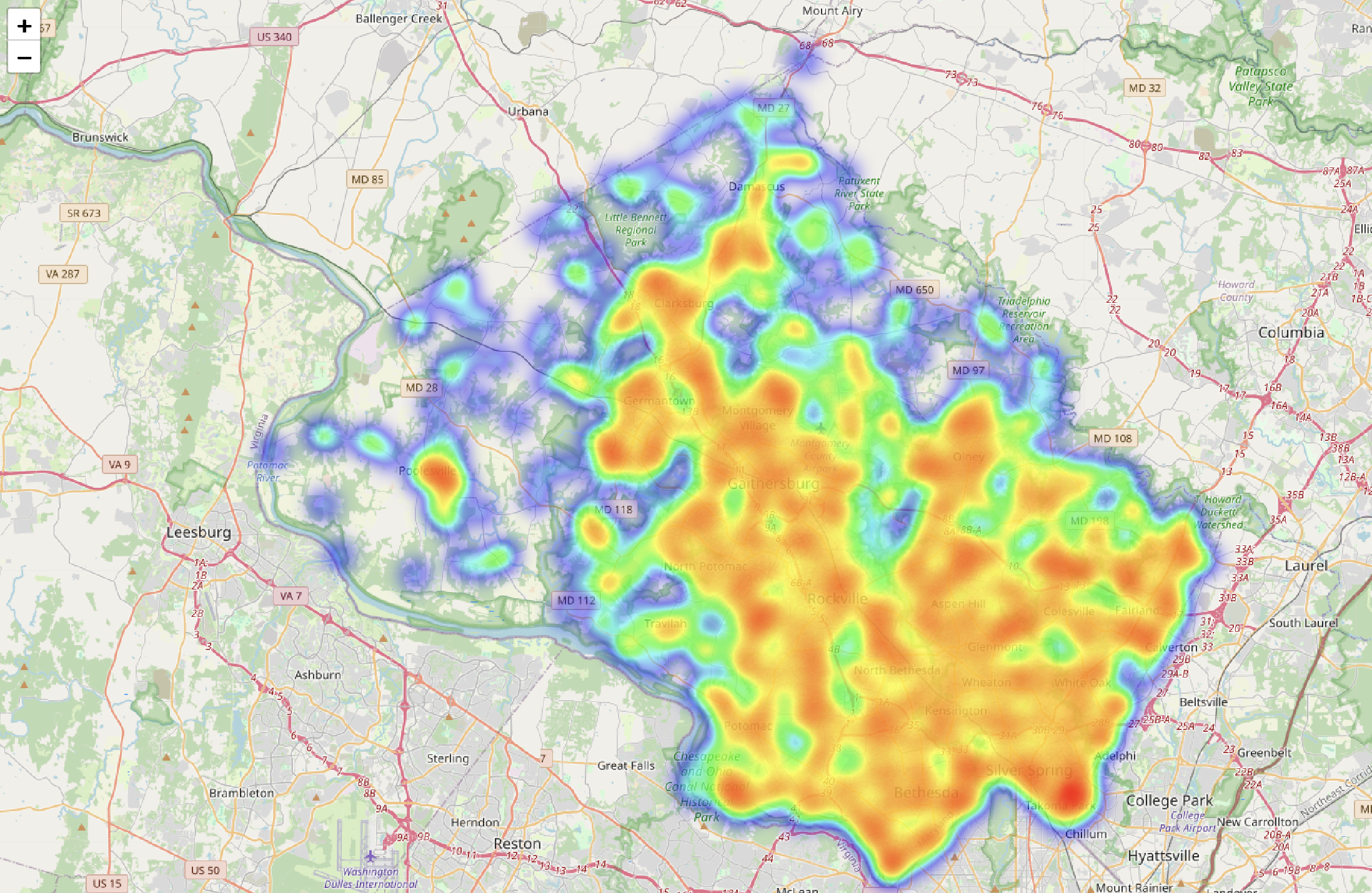Project information
- Category: Data Analysis, Machine Learning, Temporal Analysis, Geospatial Analysis, Causal Analysis
- Project date: August, 2024
- Github: Crime Data Analysis
Introduction
Crime Data Analysis is a comprehensive project that explores patterns and insights in crime data using advanced data analysis techniques. This project leverages various analytical approaches such as:
- Statistical Analysis and Visualization
- Machine Learning Models
- Geospatial Analysis
- Temporal Analysis
- Causal Analysis
By analyzing crime data across different dimensions, this project aims to uncover meaningful patterns and correlations that can help inform policy decisions and resource allocation for law enforcement agencies.
The analysis incorporates various data sources and variables to provide a holistic view of crime patterns, demographic factors, and environmental influences that contribute to criminal activities.
Objective
This project's objective was to analyze crime data to identify patterns, trends, and potential causal factors that influence criminal activities. By leveraging data analysis and machine learning techniques, the project aims to provide actionable insights that can help law enforcement agencies and policymakers make informed decisions to reduce crime rates and improve public safety.
Process
The process of conducting this crime data analysis involved several key steps:
- Data Collection: Gathered crime data from various sources, including police reports, demographic data, and geographical information.
- Data Cleaning: Processed and cleaned the raw data to handle missing values, outliers, and inconsistencies.
- Exploratory Data Analysis: Conducted initial analysis to understand the distribution and characteristics of the data.
- Temporal Analysis: Examined crime patterns over time to identify seasonal trends, day-of-week effects, and long-term changes.
- Geospatial Analysis: Mapped crime incidents to identify hotspots and analyze spatial patterns.
- Demographic Analysis: Explored relationships between crime rates and demographic factors such as population density, income levels, and education.
- Feature Engineering: Created relevant features from the raw data to improve analysis and modeling.
- Statistical Modeling: Developed statistical models to identify significant factors associated with crime rates.
- Machine Learning: Applied machine learning algorithms to predict crime patterns and identify key contributing factors.
- Causal Analysis: Attempted to establish causal relationships between various factors and crime rates.
- Visualization: Created interactive visualizations to communicate findings effectively.
- Interpretation: Derived meaningful insights and recommendations based on the analysis.
Tools and Technologies
The project utilized a range of tools and technologies to achieve its objectives. Key tools and technologies used include:
Platforms:
- Google Colab
- GitHub
- VS Code
Programming Language:
- Python
Libraries:
- Pandas
- NumPy
- Seaborn
- Plotly
- Folium
- Fuzzy-Wuzzy
- Scikit-learn
- Requests
- Statsmodels
- Pmdarima
- Datetime
Machine Learning Algorithms:
- Arima Forecast
- KNN Imputation
- Fuzzy String Matching
Enabling Informed Decisions with Machine Learning
This project demonstrates the power of data science and machine learning in analyzing complex social phenomena like crime. By applying advanced analytical techniques, we can uncover patterns that would be difficult to detect through traditional methods.
The insights derived from this analysis can help law enforcement agencies allocate resources more effectively, develop targeted intervention strategies, and implement preventive measures in high-risk areas. Additionally, the methodologies employed in this project can be adapted to analyze other social issues and inform evidence-based policy decisions.

